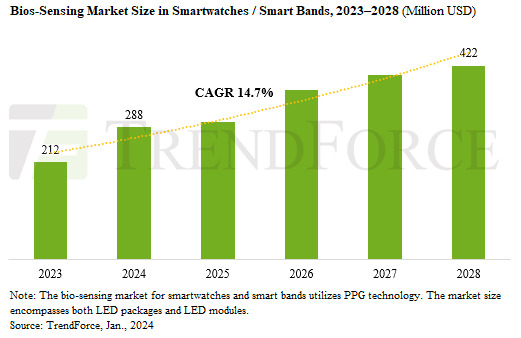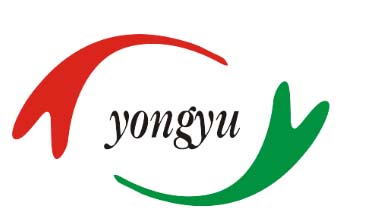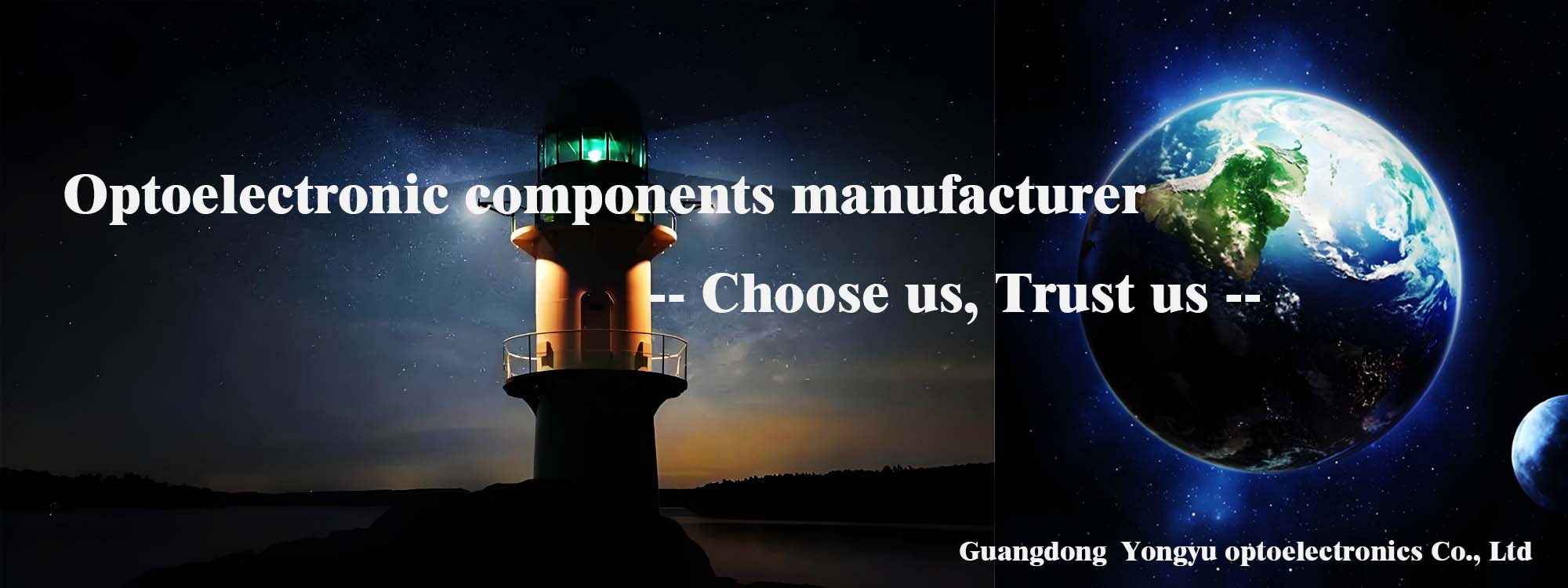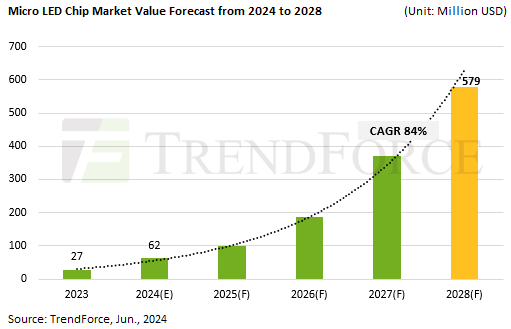In a pivotal ruling, the U.S. Court of Appeals for the Federal Circuit has decided against Apple in its patent dispute with Masimo, mandating a halt in sales of the Series 9 and Ultra 2 in the US due to their blood oxygen features. This decision pushes Apple to potentially remove these features via software updates temporarily. Despite this setback, TrendForce maintains a positive outlook on bio-sensing tech in the wearables market. Substantial growth is predicted, with the market value for bio-sensing in smartwatches and smart bands expected to reach US$422 million by 2028, growing a CAGR of 14.7% from 2023.

Market leaders in wearable devices, such as Apple, Samsung, and Google Fitbit, are actively advancing the bio-sensing sector. TrendForce’s 2024 forecast suggests a focus by Apple and Samsung on improving the precision of bio-sensing features in upcoming smartwatches. They plan to employ photoplethysmograph (PPG) technology for enhanced monitoring of heart rate and blood oxygen levels, furthering capabilities in personal health management.
TrendForce emphasizes two primary strategies among wearable device brands: Expanding bio-sensor features and enhancing their accuracy. This dual approach not only differentiates products but also boosts customer engagement and market growth. Bio-sensing, especially when merged with health management, shows promise for integration into medical, insurance, and automotive systems. As a result, securing comprehensive patents for both the software and hardware aspects of bio-sensing technology has become a critical focus for these companies.
 Chinese
Chinese English
English



